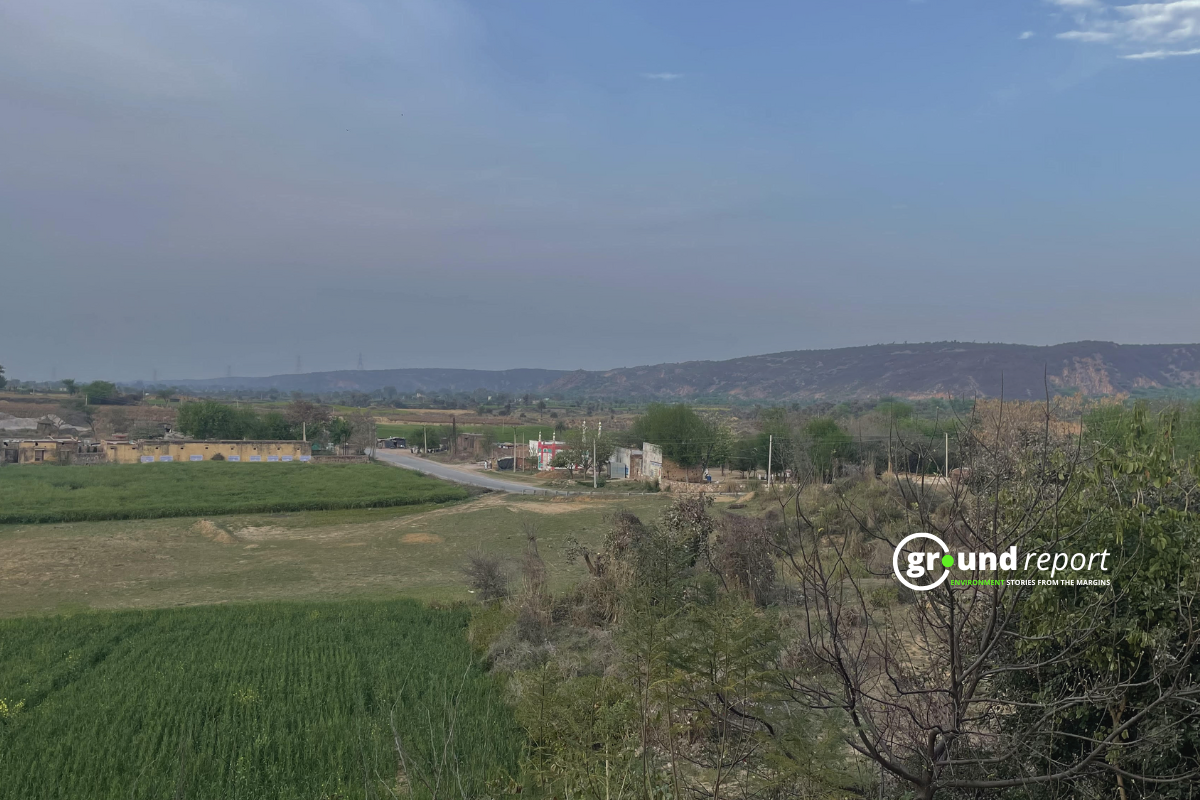Urbanization has led to a 60% increase in the warming of Indian cities, with eastern tier-II cities being the most affected. In Bhubaneswar, urbanization accounted for 85% of the warming, and in Jamshedpur, it was 100%. These findings emerged from a study by IIT-Bhubaneswar researchers.
The study, titled “Urbanization and Regional Climate Change-Linked Warming of Indian Cities,” published in the journal Nature Cities, meticulously separates the impacts of regional climate change and urbanization on multiple cities.
Urbanisation led to 60% rise in cities turning warmer
The results of a study conducted by researchers Soumya Satyakant Sethi and V Vinoj from the Indian Institute of Technology, Bhubaneswar, have been published in the international journal Nature Cities.
The study highlights the impact of urbanization, which is leading to the expansion of concrete jungles at the expense of trees, green areas, and lakes. This transformation is causing significant suffering for city dwellers. Additionally, the increasing reliance on machines like air conditioners, instead of the natural cool shade of trees, is exacerbating the heat in Indian cities.
In their study, the researchers examined the effects of urbanization and local climate changes on rising temperatures in 141 major Indian cities over the past two decades. They utilized satellite data to map the boundaries of these cities and analyze the trends.
“Cities trap heat due to factors such as increased concrete and asphalt, changes in airflow and increased human activities,” explains lead researcher Soumya Satyakant Sethi. “As a result, cities become hotter due to the heat island effect.”
The data highlights the disproportionate impact on tier-2 cities in eastern India. In Bhubaneswar, Odisha, urbanization accounts for a whopping 90% of the warming trend. Similarly, in industrial hubs like Jamshedpur and Raipur, heat attributed to urban sprawl exceeds 75%.
“Urbanization alone has increased the heat in Indian cities by 60 per cent. Tier-2 cities in eastern India are the worst affected,” states Sethi, underscoring the urgency for sustainable urban planning.
Ranking of the top 20 warming Indian cities

Rising urban temperatures studied via satellite
To study the rising temperature trends in Indian cities, the researchers utilized data from NASA’s Modis Aqua satellite spanning 2003 to 2020. This satellite data provided insights into the increasing temperature patterns near the land surface. By leveraging this data, the researchers drew comparisons between the warming trends observed in cities and rural areas.
The researchers attribute the rising temperatures in rural and non-urbanized regions primarily to regional climate change. However, in cities, both climate change and urbanization are contributing factors to the escalating temperatures. This suggests that the increased prevalence of concrete structures and changes in land use patterns within cities are generating additional heat.
Indian cities are not insulated from these transformative changes. Statistical projections indicate that India’s urban population could potentially double by 2050, with an estimated 800 million people residing in cities.
Dr. Vinoj commented on the study, stating, “Many aspects of urbanization in India remain unexplored. This study offers early, science-backed insights that could inform national or state-level policymaking. By viewing each city individually and allocating resources systematically, we can better address urban warming. Such an approach will help make our growing smart cities even smarter.”
Concurrently, India is anticipated to emerge as the fastest-growing major economy, with the highest surge in energy demand by 2050. To support this level of development, extensive infrastructure will be constructed, inevitably leading to an escalation in emissions. This escalation will undoubtedly impact local and regional climates.
The scientists examined rising temperatures and urbanization across 141 cities in the country. The findings reveal that urbanization will play a more significant role in exacerbating heat in tier-2 cities of Eastern India compared to Delhi and Mumbai. Specifically, in Bhubaneswar, urbanization has contributed to a 90 percent increase in heat, while in Jamshedpur, this figure stands at a staggering 100 percent.
Similarly, urbanization was responsible for temperature increases of 77.7 percent in Raipur, 67.2 percent in Patna, 66.9 percent in Indore, 65.4 percent in Bhilai, 61.8 percent in Aurangabad, and 61.2 percent in Pune.
Keep Reading
Part 1: Cloudburst in Ganderbal’s Padabal village & unfulfilled promises
India braces for intense 2024 monsoon amid recent deadly weather trends
Support us to keep independent environmental journalism alive in India.
Follow Ground Report on X, Instagram and Facebook for environmental and underreported stories from the margins. Give us feedback on our email id greport2018@gmail.com.
Don’t forget to Subscribe to our weekly newsletter, Join our community on WhatsApp, and Follow our YouTube Channel for video stories.










